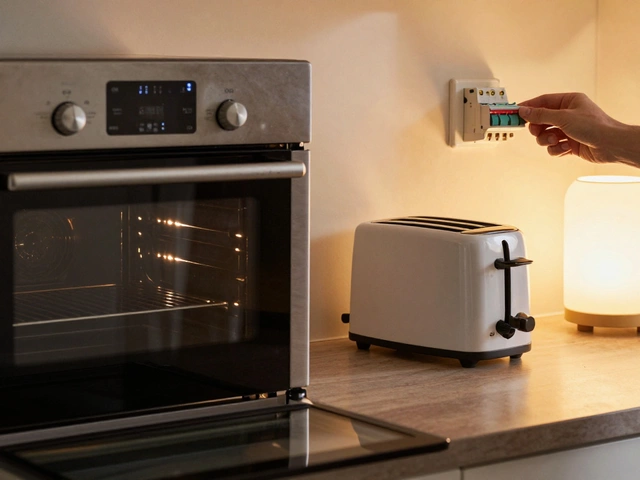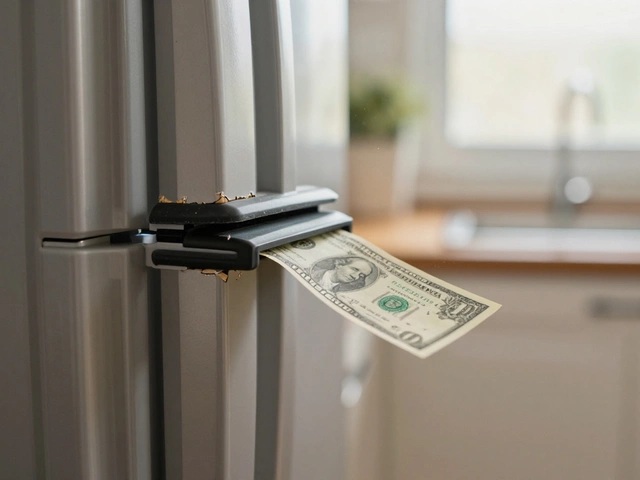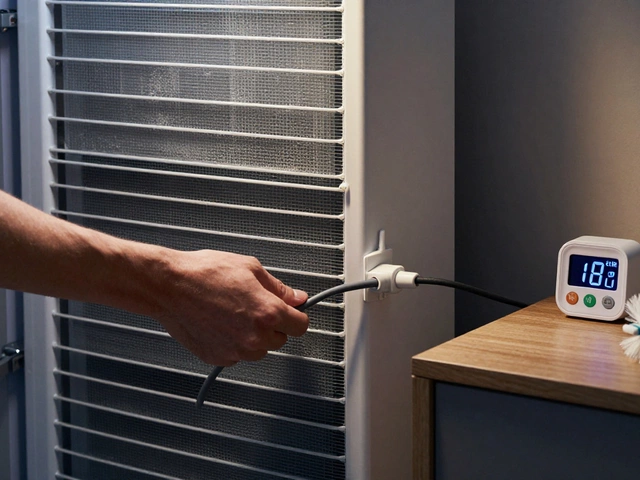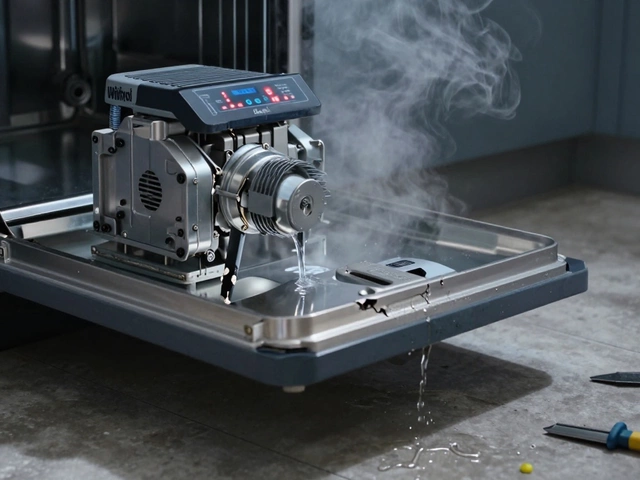DIY vs Professional Appliance Repairs – Know When to Fix It Yourself
If your washing machine stops spinning or the fridge starts making weird noises, the first thought is usually "Can I fix this myself?". The answer isn’t always simple. Some problems are quick wins you can handle with a wrench and a bit of patience, while others need a trained technician. This guide breaks down the sweet spot between DIY success and when calling a professional saves you time, money, and headaches.
DIY Repairs: Quick Wins That Save Money
There are plenty of everyday hiccups that most homeowners can solve without a service call. For example, a dishwasher that won’t drain often points to a clogged filter or a kinked hose – both are easy to check. Our article "Most Common Dishwasher Fault" walks you through removing the filter, cleaning debris, and re‑running a cycle.
Cold water from a water heater? A simple reset button press (see "How Long Should You Hold the Reset Button on a Water Heater?") can reset the safety switch. If the heater still runs cold, checking the pilot light on a gas unit or the heating element on an electric unit is a low‑risk step before you call a pro.
Even a refrigerator that isn’t cooling can sometimes be fixed by cleaning the condenser coils or confirming that the door seals are tight. Our "How to Repair a Refrigerator Not Cooling" guide gives a step‑by‑step checklist that takes under an hour.
These DIY fixes share a common pattern: they involve easy‑to‑access parts, clear visual symptoms, and no major electrical or gas work. If you feel comfortable with basic tools, a quick internet search (or our article) can give you the confidence to try.
When a Professional Is the Smart Choice
Some repairs jump straight to the professional lane. Anything involving gas, high‑voltage electricity, or sealed refrigerant systems should be handled by a licensed technician. Trying to fix a gas water heater yourself, for instance, can be dangerous and may void warranties. Our piece "Water Heater Only Giving Cold Water? Fast Fixes for Gas, Electric, and Tankless" outlines why a pro’s inspection is often required after basic checks.
Big-ticket appliances like ovens and boilers also fall into this category. Replacing an oven heating element ("Oven Heating Element Replacement Cost") or installing a new boiler ("Can Plumbers Install Boilers?") involves precise fittings and safety checks that most DIYers aren’t equipped for.
Another red flag is when a repair cost starts to approach the price of a new unit. Our article "Most Expensive Refrigerator Repairs" helps you weigh the numbers: if the compressor needs replacing, it might be cheaper to buy a new fridge.
Finally, recurring problems are a sign that a deeper issue exists. If you keep resetting a water heater ("Water Heater Resetting: Why You Need To Do It Again and Again") or your dryer trips a fuse repeatedly, call a professional to diagnose the root cause instead of patching the symptom.
Bottom line: start with the easy checks, but don’t gamble on anything that feels beyond your skill set or involves gas, high voltage, or sealed systems. When in doubt, a quick call to a trusted local repair service can save you from costly mistakes and keep your home running safely.
Oven Heating Element Replacement Cost (2025): Parts, Labor, DIY vs Pro
- Alden Wilder
- Sep 16 2025
- 0 Comments
Real 2025 costs to replace an oven heating element: parts, labor, DIY vs pro, and when it’s worth repairing. Clear steps, price ranges, and pro tips.
View More




